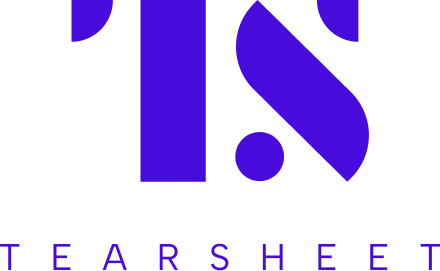The AI Implementation Gap: How banks and fintechs are taking different paths to innovation
- As generative AI matures, a clear execution gap has opened between fintechs and legacy banks.
- Both sectors see the promise of AI, but their divergent approaches to deployment, risk, and customer engagement underscore deep organizational and strategic differences.

As generative AI enters its third year of widespread adoption in financial services, a clear implementation gap has emerged between traditional banking institutions and their fintech counterparts. While both sectors recognize AI’s transformative potential, their approaches to deployment, risk tolerance, and customer-facing applications reveal fundamentally different organizational cultures and strategic priorities.
Banks tend to focus on internal efficiency first
Traditional financial institutions are prioritizing internal applications of AI technology before rolling out customer-facing tools. According to insights from Deloitte Principal Kevin Laughridge, this measured approach follows a natural progression.
“2023 was all about education and doing proofs of concept, while 2024 was about leveraging those learnings to build enterprise AI platforms and beginning to move GenAI use cases into production,” Laughridge noted in our 2025 trends analysis for Open Banking and Gen AI. “At the end of 2024, we have seen solid progress from financial institutions using Gen AI in their organizations and expect this to continue to ramp up in 2025.”
What distinguishes the banking approach is its emphasis on human oversight. Most bank implementations feature what industry experts call a ‘human in the loop,’ meaning AI systems make recommendations, but human operators maintain decision authority. This reflects both regulatory caution and institutional risk management culture.
A recent conversation with Citizens Bank’s Chief Data and Analytics Officer Krish Swamy highlighted this approach. During an interview at the HumanX conference covered in our Future of Finance insights piece, Swamy outlined how Citizens implements “data-driven Gen AI” with careful attention to “risk and governance” frameworks.
For large institutions, this measured deployment allows for testing AI applications in controlled environments before wider rollout. Bank of America’s journey with its digital assistant Erica exemplifies this approach, having gradually expanded the assistant’s capabilities over several years rather than rushing to implement cutting-edge features.
Fintechs move faster with customer-facing applications
Meanwhile, fintech companies are taking a markedly different approach, moving more quickly to implement customer-facing AI applications that directly impact user experience and engagement.
Several fintech players have already deployed sophisticated AI tools for wealth management, financial guidance, and tax planning. Public, Acorns, and Copper Banking are among those leading this charge, expanding their digital footprint through AI-powered tools focused on user engagement and growth.
As noted in our recent coverage of how fintech apps are driving engagement, these companies are “reimagining how to maintain user engagement and drive long-term growth” through technology that includes “AI-powered global investment-related tools.”
Fintech companies like Lili and Public have successfully implemented AI digital assistants that enhance their customer interfaces. These implementations allow for personalized recommendations, streamlined user journeys, and tailored financial insights, moving well beyond the internal efficiency use cases that dominate bank AI strategies.
What explains the implementation gap?
Several factors contribute to this divergence in AI implementation strategies:
- Regulatory scrutiny: Banks face more intensive regulatory oversight, particularly around automated decision-making, fair lending, and consumer protection. This naturally creates a more cautious approach to customer-facing AI.
- Legacy systems: Many traditional institutions contend with complex technology stacks that make AI integration more challenging than for digital-native fintechs.
- Customer demographics: Traditional banks often serve older demographic segments who may be less comfortable with AI-driven interactions than the typically younger customer base of fintech applications.
- Organizational culture: Bank innovation often happens within dedicated units or departments, while at fintech companies, as we previously noted, “A fintech or a technology company doesn’t have an innovation group. They just are innovative.”
Forward-looking banks building AI literacy
Despite the general trend toward caution, some forward-thinking traditional institutions recognize the need to build AI capabilities throughout their organizations. These banks are implementing workforce upskilling initiatives to develop AI literacy across different business functions.
This approach acknowledges that the AI implementation gap isn’t just about technology deployment but also about developing the human capital needed to effectively leverage these tools.
What’s next for AI in financial services
As we move through 2025, we expect to see continued divergence in implementation strategies, with banks gradually expanding internal use cases while fintechs push boundaries with customer-facing applications. The true test will be whether these different approaches yield measurable advantages in customer acquisition, satisfaction, and retention.
For financial services professionals, the key takeaway isn’t about which approach is superior, but rather understanding how each aligns with different organizational priorities, risk profiles, and customer expectations.
The implementation gap itself may prove temporary as successful use cases from both models cross-pollinate across the industry, potentially leading to more convergence in how financial institutions of all types harness AI’s capabilities.
This article is part of Tearsheet’s ongoing coverage of AI implementation in financial services. For more insights, see our recent reporting on fintech trends for 2025 and insights from industry conferences.


